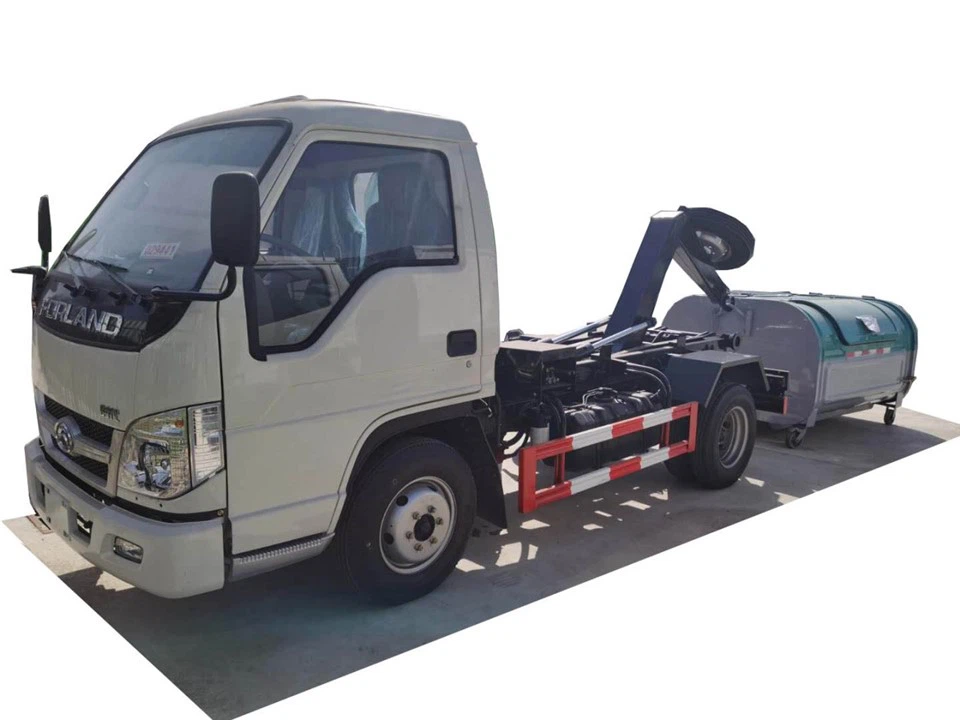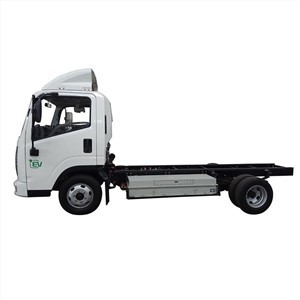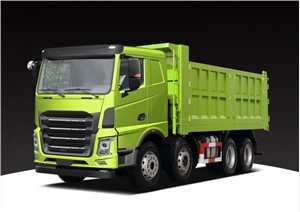M&T Equipment Finance: A Comprehensive Guide to Financing Solutions

M&T Equipment Finance plays a pivotal role in helping businesses acquire the tools and machinery they need to succeed. As industries evolve, the need for up-to-date equipment becomes more critical. This article explores everything you need to know about M&T Equipment Finance, detailing its offerings, processes, and benefits to help you make informed decisions for your business.
What is M&T Equipment Finance?
M&T Equipment Finance, a division of M&T Bank, specializes in providing tailored financing solutions for businesses looking to acquire equipment. This service caters to diverse industries, including construction, healthcare, manufacturing, and technology. M&T recognizes that businesses require flexible and convenient financing options to maintain competitiveness and operational efficiency.
The Importance of Equipment Financing
Having access to the latest equipment can drastically enhance productivity and service delivery. Equipment financing allows businesses to:
- Preserve cash flow by spreading costs over time
- Stay updated with technology without a hefty upfront investment
- Adjust and scale operations as needed
Key Offerings of M&T Equipment Finance
M&T Equipment Finance provides a variety of financing options tailored to different business needs. Below are the primary offerings:
1. Equipment Leasing
Leasing provides businesses with the flexibility to use equipment without the commitment of ownership. Here, businesses agree to pay a fixed monthly fee for a predetermined lease term.
Types of Leases Offered:
- Operating Leases: Typically short-term, these leases allow for the return of equipment at the end of the lease for minimal costs.
- Capital Leases: These resemble a loan, leading to ownership of the equipment at the end of the lease term.
2. Equipment Loans
M&T offers loans tailored specifically for purchasing equipment. Businesses receive a lump sum to buy the equipment outright, with a structured repayment plan.
This option is beneficial for companies looking to own their equipment long-term.

3. Used Equipment Financing
Not all businesses can afford new equipment. M&T Equipment Finance recognizes this and offers financing for used equipment, providing greater affordability to businesses while still ensuring quality assets.
4. Industry-Specific Solutions
M&T Equipment Finance offers customized financing solutions tailored to unique industry needs. The following industries have specialized financing options:
- Construction
- Healthcare
- Manufacturing
- Agriculture
The Application Process
Understanding the application process is crucial for businesses looking to secure financing. The M&T Equipment Finance application process generally involves the following steps:
Step 1: Preliminary Review
Before applying, businesses should assess their financial health. Prepare financial statements, cash flow analysis, and credit scores to ensure a smoother application process.
Step 2: Application Submission
Businesses can apply online or in-person at an M&T branch. The application requires basic business information, financial details, and the type of equipment sought.
Step 3: Credit Analysis
Once the application is submitted, M&T will conduct a credit analysis to evaluate the business’s creditworthiness. This step assesses risk factors and influences the terms of financing.

Step 4: Terms Negotiation
If approved, the business will receive an offer detailing the terms of the lease or loan, including interest rates, repayment schedules, and any required documentation.
Step 5: Finalization
After agreeing to the terms, businesses sign the necessary documents, and the funds are disbursed or the lease is activated.
Step 6: Equipment Acquisition
The final step is the acquisition of the equipment. The business can either purchase through M&T’s network of vendors or source directly according to the financing terms.
Benefits of Choosing M&T Equipment Finance
Choosing M&T Equipment Finance provides several advantages for businesses:
1. Flexibility in Payments
Businesses can tailor their payment schedules according to cash flow needs, ensuring that financing does not hinder operations.
2. Expertise and Support
M&T has dedicated experts who offer guidance throughout the financing process, ensuring businesses make informed decisions.
3. Quick Financing Decisions
M&T strives for rapid processing times, allowing businesses to secure their equipment financing swiftly and efficiently.
4. Competitive Rates
M&T Equipment Finance offers competitive interest rates, helping businesses to keep financing costs manageable.
Practical Examples of Financing Solutions
Understanding practical scenarios helps illustrate how M&T Equipment Finance can assist businesses in real-world applications.
Example 1: Construction Company
A construction firm requires new bulldozers to meet an upcoming project deadline. With M&T Equipment Finance, the business decides on a capital lease. This allows them to purchase the equipment at the end of the lease while managing cash flow with fixed monthly payments.
Example 2: Healthcare Provider
A local healthcare provider wants to upgrade its imaging equipment but faces budget constraints. By opting for an operating lease, they acquire the latest technology without a large upfront cost, allowing them to allocate funds to other operational areas.
Example 3: Manufacturing Business
A manufacturing company needs to enhance its assembly line but lacks the capital to purchase new equipment outright. M&T offers them a tailored equipment loan, enabling them to own the equipment while making manageable repayments over time.
Tips for Businesses Considering Financing
Here are some practical tips for businesses looking to secure equipment financing:
1. Assess Your Needs and Budget
Clearly define what equipment is necessary for your business and analyze how it fits within your budget. Consider both short-term and long-term financial implications.
2. Keep Financial Documents Ready
Have your financial statements, tax returns, and credit ratings organized and updated to expedite the application process.
3. Compare Options
Research various financing options and providers. Compare interest rates, payment terms, and customer reviews to determine the best fit for your business needs.
4. Consult with Experts
Engage with financing experts or accountants who can provide guidance on the implications of various financing structures.
Frequently Asked Questions (FAQs)
1. What types of equipment can be financed through M&T Equipment Finance?
M&T Equipment Finance can finance a wide range of equipment, including construction machinery, medical devices, industrial equipment, and more. Businesses can inquire directly for specific types of equipment.
2. How long does the application process take?
The timeline can vary based on the complexity of the application, but M&T aims to provide quick decisions typically within a few business days.
3. Are there any upfront costs associated with financing?
Some financing options may require upfront costs, such as initial payments or documentation fees. It’s important for businesses to review these details in the financing agreement.
4. Can I finance used equipment?

Yes, M&T Equipment Finance offers solutions for financing both new and used equipment, providing flexibility depending on your budget and needs.
5. Does M&T Equipment Finance consider startups for financing?
Yes, M&T evaluates startups for financing, though they may require additional documentation and may assess risk differently compared to established businesses.
6. What happens at the end of a lease term?
At the end of an operating lease, businesses typically return the equipment or can choose to purchase it at a predetermined price. Capital lease agreements often lead to ownership at the end of the term.
